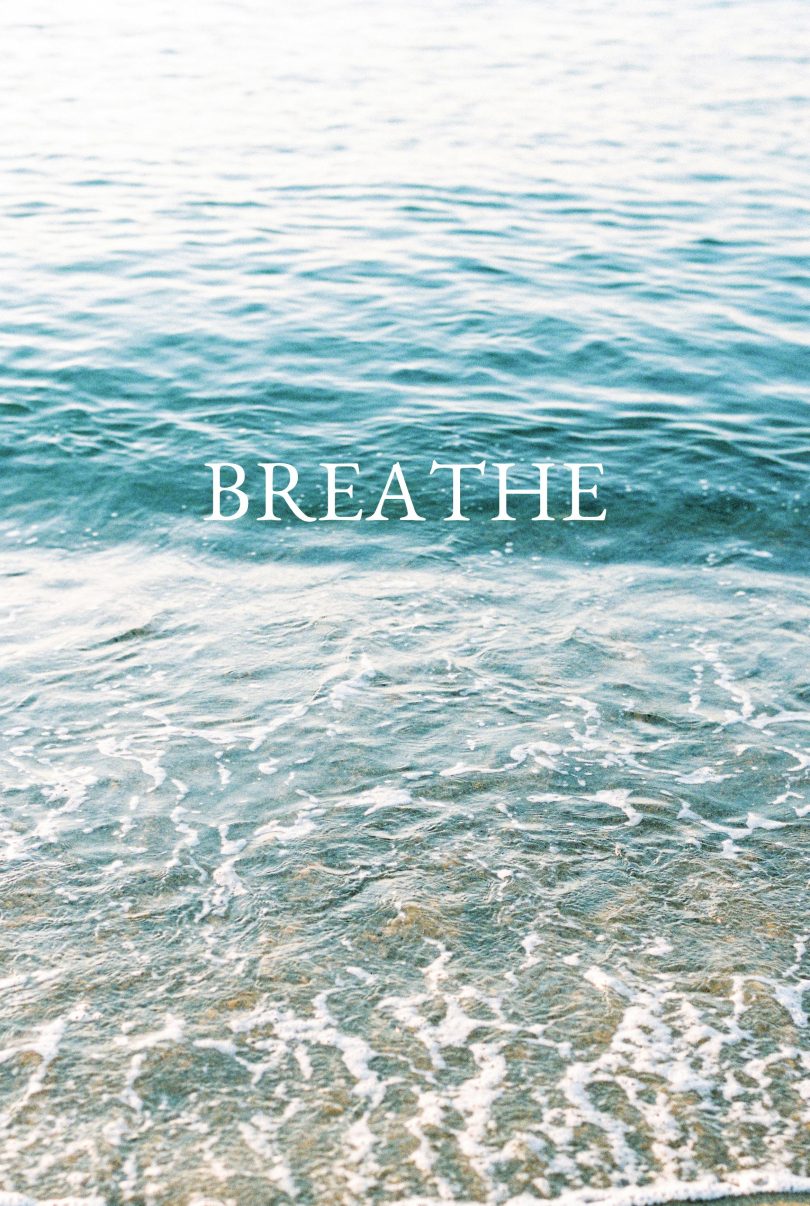Breathing to Promote Good Sleep
Breathwork techniques for different moments in life that you can practise at home.
However, before we continue, safety first! Please read and take note of the footnote before practising any form of breathwork. If it’s not suitable for you from a health point of view, please seek an alternative or medical advice first.
We all know that good quality sleep is essential for overall health and well-being, and it plays a crucial role in various physiological and cognitive functions. Here are just a handful of reasons why sleep is essential for overall health:

- Restoration and Repair: During sleep, the body undergoes processes of repair and restoration. Tissues and muscles are repaired, and the immune system is strengthened. This helps the body recover from the wear and tear of daily activities.
- Memory Consolidation: Sleep is vital for the consolidation of memories. It helps in organising and storing information gathered throughout the day, making it easier to recall and retain knowledge.
- Cognitive Function: Adequate sleep is crucial for cognitive functions such as attention, problem-solving, and decision-making. Lack of sleep can impair these functions and negatively impact overall mental performance.
- Emotional Well-being: Sleep has a significant impact on mood and emotional regulation. Insufficient sleep may contribute to irritability, mood swings, and an increased risk of anxiety and depression.
- Physical Health: Chronic sleep deprivation is associated with an increased risk of various health conditions, including heart disease, diabetes, and obesity. It can also affect hormone regulation, metabolism, and blood pressure.
- Regulation of Hormones: Sleep helps regulate the release of hormones involved in growth, stress response, sexual desire and appetite control. Lack of sleep can disrupt these hormonal patterns, potentially leading to weight gain and other health issues.
In addition, sleep also promotes immune system support, improved physical performance, cell and brain detoxification & improved stress management.
Notwithstanding the above, who doesn’t want a better night’s sleep…?
It is important to note that individual sleep needs vary, but most adults generally require 7-9 hours of sleep per night for optimal health and well-being. Consistently getting enough quality sleep is a fundamental aspect of a healthy lifestyle.
But how…?
Several forms of breathwork can be an effective tool in promoting good sleep by inducing relaxation and reducing stress.

One popular and well-researched technique is diaphragmatic or slow deep belly breathing. Here’s a simple guide:
Diaphragmatic Breathing (Slow, deep belly breathing)
- Find a comfortable and quiet place to sit or lie down.
- Place one hand on your chest and the other on your abdomen, just below your ribcage.
- Inhale slowly through your nose, allowing your abdomen to rise (expand) while keeping your chest relatively still.
- Exhale slowly through your mouth or nose, letting your abdomen fall.
- Focus on the rhythmic and deep breathing pattern, allowing your body to relax with each breath.
Light, Slow and Deep (LSD) Breathing
- Inhale lightly through the nose but focus on only taking as much air as you need
- Slowly exhale out through the nose
- Repeat this for several minutes
- You should feel a degree of ‘air hunger’ as you lessen the air taken in, if however your diaphragm spasms to force you to breathe, the need for air is too much and you should take in slightly more
- The trick here is to keep your breathing very light, slow and deep.
- This technique takes practise but is deeply relaxing
4-7-8 Breathing Technique
- Inhale quietly through your nose to a mental count of 4.
- Hold your breath for a count of 7.
- Exhale completely through your mouth to a count of 8.
- Repeat the cycle for several breaths.
If the hold for 7 is too long, bring it down to a level you are comfortable with. The important thing to remember is that the exhale is much longer than the nasal inhale. So even in for 4, hold for 4 and out for 8 will be beneficial.
Box Breathing (Square breathing)
- Inhale for a count of 4.
- Hold your breath for a count of 4.
- Exhale for a count of 4.
- Pause and hold your breath for a count of 4.
- Repeat the cycle.
Alternate Nostril Breathing (Nadi Shodhana)
- Sit comfortably with a straight spine.
- Close your right nostril with your right thumb and inhale deeply through the left nostril.
- Close your left nostril with your ring finger, release your right nostril, and exhale through the right nostril.
- Inhale through the right nostril, close it with your right thumb, release the left nostril, and exhale through the left nostril.
- Repeat this cycle, focusing on the breath and maintaining a steady rhythm.
If you lose concentration on your breath with any of these techniques, which we all do at times, just relax, re-focus, reset and start again – try relaxing parts of your body with every exhale and enjoy the sense of calm, from your toes up to your face.

Choose the technique that feels most comfortable for you, and practise it regularly, especially before bedtime or whilst in bed immediately before sleep. Write down the basics of the technique you want to follow to act as a prompt, so you don’t look at your phone or screen whilst trying to relax!
Always use nasal breathing as this triggers the para sympathetic nervous system which will bring about a sense of calm.
Both Karyn and I practise the slow, deep belly breathing and the light, slow, deep method regularly, sometimes to a gentle music sequence to help us keep the rhythm. Often we don’t get to the end of the second tune!
Consistent practice can help calm the nervous system, reduce stress, and prepare your body for a restful night’s sleep. Additionally, incorporating mindfulness and other relaxation techniques along with breathwork can further enhance the effectiveness in promoting good sleep, along with good sleep hygiene (no screens, consistent bedtime, dim lights etc in the build up to going to bed).
Top Tip!
Whilst you practise nasal breathing for sleep, try to gently push your tongue into the roof of your mouth – this will train it over time to stay there when you sleep, reducing the likelihood of snoring or sleep apnea.
Nasal breathing at night is hugely beneficial for the promotion of good sleep and, if it stops you snoring or having a disturbed sleep pattern, others in the household also benefit – it’s a win-win!
We’ll cover nasal breathing and the huge benefits later in this Blog series.
If sleep issues persist, as always, it’s advisable to consult with a healthcare professional for personalised guidance.
Please Note
At Vitae Vi, the well-being of our clients is of utmost importance to us. We deeply value your health and safety, and as such, we strongly encourage you to carefully review our Health and Safety Policy. This policy outlines our commitment to creating a secure and protected environment, ensuring that your experience with us is not only enjoyable but prioritises your overall well-being. Thank you for entrusting us with your safety, and please take a moment to familiarise yourself with our policies for a seamless and secure experience.
Vitae Vi cannot assess the health risks particular to individual participants. Participants are notified about the health risks, as outlined below and Vitae Vi point to their personal responsibility and advise participants to consult their doctor or medical practitioner should the medical questionnaire prompt any potential issues.
It is ultimately up to the participant to determine whether they are fit to take part. Whilst we want as many people as possible to experience the benefits of the practises we offer, for health and safety reasons, some of the methods above are not suitable if:
- You are under 18 years of age
- You are pregnant or breast-feeding
- Have epilepsy
- Suffer from high-blood pressure or coronary heart disease (or any other heart issues)
- Have a history of serious health issues (i.e. stroke, heart failure, kidney failure)
- Have recently had an operation
- Suffer from migraines (this is a personal choice)
If you have any health concerns or any serious medical issues, please consult with a healthcare professional or your GP and contact us with any questions BEFORE practising. This is for your own safety.
Thank you.
Main – Photo by Leeloo The First




